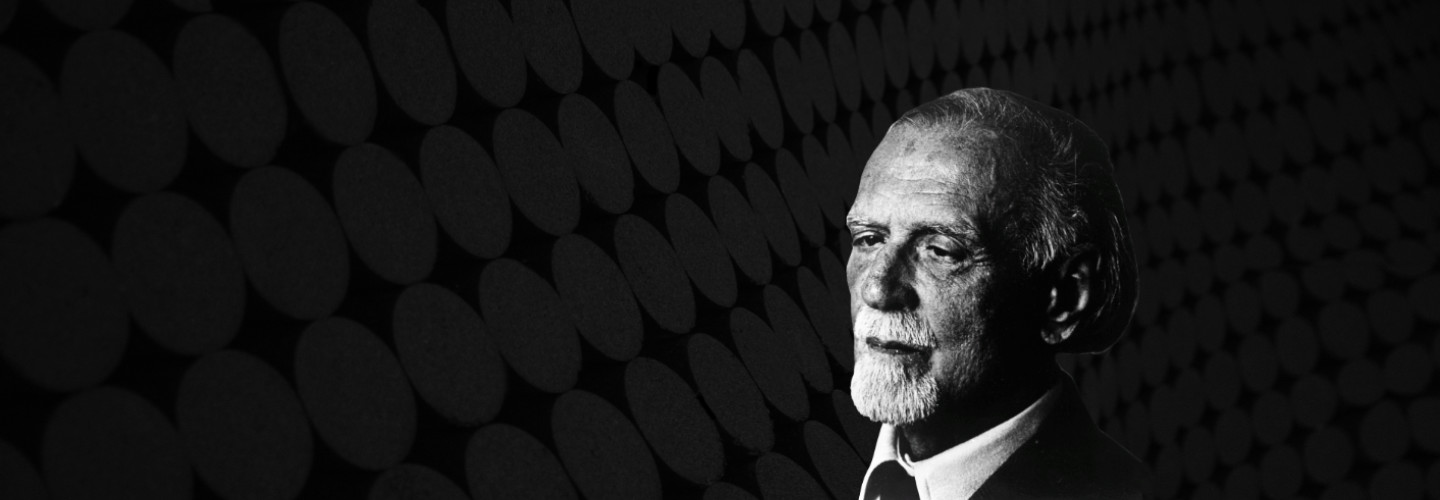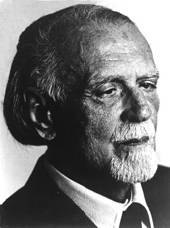

Zoltán Kodály
Háry János-Suite
Short instrumentation: 3 3 6 3 - 4 2 3 1 - timp, perc(6), cel, pno, alto sax(2), t.sax, bar.sax, cornet(3), euph, cb
Duration: 23'
Herausgeber: Mallory Thompson, Valerie G. Martin
Bearbeitet von: Glenn Cliff Bainum
Instrumentation details:
piccolo
1st flute (+Picc.)
2nd flute
1st oboe
2nd oboe
cor anglais
1st clarinet in Bb
2nd clarinet in Bb
3rd clarinet in Bb
clarinet in Eb
bass clarinet in Bb
contrabass clarinet in Bb
1st alto saxophone in Eb
2nd alto saxophone in Eb
tenor saxophone in Bb
baritone saxophone in Eb
1st bassoon
2nd bassoon
contrabassoon
1st cornet in Bb
2nd cornet in Bb
3rd cornet in Bb
1st trumpet in Bb
2nd trumpet in Bb
1st horn in F
2nd horn in F
3rd horn in F
4th horn in F
1st trombone
2nd trombone
3rd trombone
euphonium
tuba
contrabass
piano
celesta
timpani
1st percussion
2nd percussion
3rd percussion
4th percussion
5th percussion
6th percussion
Kodály - Háry János-Suite for wind orchestra
Printed/Digital
Translation, reprints and more

Zoltán Kodály
Kodály: Háry János-SuiteOrchestration: für Blasorchester
Type: Partitur (Sonderanfertigung)
Print-On-Demand
Sample pages
Work introduction
Zoltán Kodály published two works under the title Háry János. The first, a Singspiel, received its premiere on 16 October 1926 at the Royal Hungarian Opera House in Budapest, with Nándor Rékai conducting; the second, a sixmovement orchestral suite drawn from the Singspiel, was first performed on 24 March 1927 by the Pau Casals Orchestra in Barcelona, under the baton of Antal Fleischer. The orchestral suite made it to America in the same year. Willem Mengelberg conducted its first New York performances at Carnegie Hall on 15 and 16 December.
Contemporaries recall that the idea of composing a symphonic suite from the music of the stage work came from Béla Bartók who, following the failure of The Miraculous Mandarin at its 1926 world premiere in Cologne, had sought to ensure his work lived on in the form of a concert piece. While his Singspiel was an immense success on the Hungarian stage, heeding his friend’s advice Kodály went on to create what would become the most successful orchestral work of his oeuvre.
Immediately after their respective premieres, Háry János the stage work and Háry János the concert suite went different ways. The Hungarian audiences did not fail to grasp the message of the stage work ‘beyond the music’, that is the four ‘adventures’ framed by a prelude and a postlude, conjuring up the dream of freedom of an oppressed nation and its suffering people. This socio-historical type of theme had first appeared on the Hungarian operatic stage in the works of Ferenc Erkel; its spirit living on in Kodály’s Singspiel, compellingly reinterpreted by means of fairy tales, irony and folk song. Seeking to escape the dreary and harsh everyday world, Háry, the poor peasant boy, envisions himself being hailed as the hero of great historic victories and finds retribution and consolation in a series of colourful dreams. This message was loud and clear to the Hungarian audiences – who had themselves undergone tragedies of historic scale – and it undoubtedly contributed to the extraordinary Hungarian success of the Singspiel which lasts to this day. However, it was less obvious to foreign audiences less versed in the vicissitudes of Hungarian history which raised an obstacle to the spread of the work outside of Hungary.
It should be pointed out that comprehension of the orchestral suite is not conditional on knowledge of Hungarian history. The six movements present a plethora of lyrical and dramatic characters, a wonderful Hungarian dance, a playful battles scene, a comical funeral march, as well as a colourful and vivacious finale. The suite does not follow the dramatic plot of the stage work; it is an independent musical form in the spirit of diversity and wealth of character. The orchestral work spread like wildfire around the world. Over a period of three whole years (1928–1930) following the first performances it was performed on 150 occasions in some 80 cities from Aachen to Zurich. It was conducted by the greatest maestros, including Ernest Ansermet and Arturo Toscanini, Fritz Reiner and Leopold Stokowski. Kodály himself conducted it for the first time at Queens Hall in London on 30 August 1928.
The composer also conducted the Hungarian premiere of the suite at the concert of the Budapest Philharmonic Society on 17 March 1929, the birthday of his wife Emma. The event was attended by Béla Bartók and his wife Ditta who wrote on the cover of Kodály’s conducting score: ‘Emma, today’s a great day! I wish you many more like this! B and D, 17.3.1929.’
The protagonist Háry János – also known as Johannes Háry in the imperial army – was a real historical figure who served in the armed forces of Emperor Francis I, albeit not as a hussar and even less so as a general. He was a foot soldier at the time of the Napoleonic wars. A war veteran released from the army, Háry returned to his home village in the Transdanubian county of Tolna in south-west Hungary where he lived a decent life as a potter. In the evenings at the village tavern he would regale his drinking mates – including, among others, the paunchy judge and the incredulous student – with his fantastic tall tales. Based on these, the poet János Garay (1812–1853) wrote the comic epic poem Az obsitos (The Veteran) which subsequently Zsolt Harsányi (1887–1943) and Béla Paulini (1881–1945) turned into a Singspiel libretto. Kodály set this to music in 1925–1926. The hero of the Singspiel – and of the epic poem – enjoyed such popularity that the word ‘Háryade’ has become synonymous with a tall heroic tale in the Hungarian language.
Kodály, however, did not consider his hero to be a liar, and did not identify him with Baron Münchhausen. He believed, ‘He [Háry] is the incarnation of the Hungarian story-telling imagination. He does not lie, he creates a tale; he is a poet. What he relates has never happened, but he has lived it through, and so it is truer than truth.’
